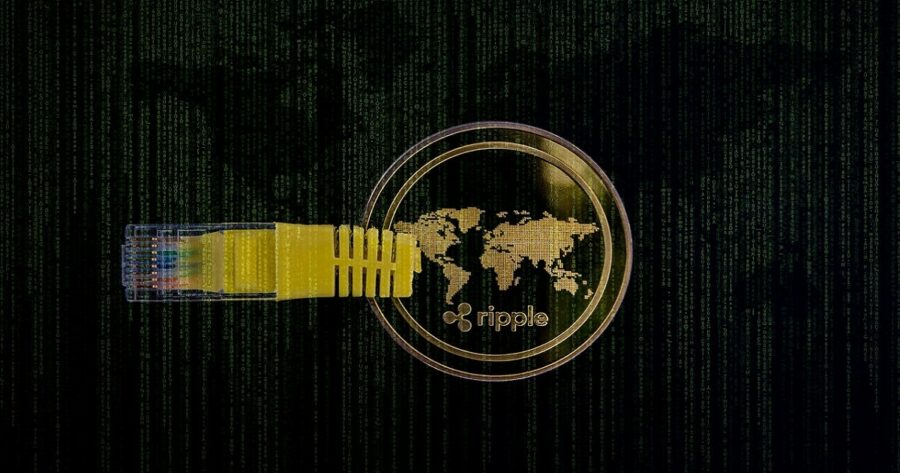Governments Across The Globe Are Moving Quick To Establish CBDC
- Ingrid Jones
- Business
- Trending
- World News
- December 29, 2022

Central bank digital currency (CBDC) is a digital version of fiat money, which is issued and backed by a central bank. It can be thought of as a digital equivalent of physical cash, and it is intended to be a secure and convenient means of payment and store of value.
CBDC is being explored by a number of central banks around the world, including the US Federal Reserve and the Bank of Canada, as a potential way to modernize and enhance the payment systems in their respective countries. The exact form and features of CBDCs may vary depending on the specific goals and priorities of the central bank issuing them.
CBDCs are different from decentralized digital currencies like Bitcoin, which are not issued or backed by any central authority. Decentralized digital currencies rely on distributed ledger technology and a decentralized network of users to validate and record transactions rather than a central authority.
If the US and Canadian governments were to implement CBDCs, it is not clear what the impact would be on unregulated digital currencies like Bitcoin. CBDCs could potentially compete with decentralized digital currencies as a means of payment, but they may also coexist with them. The adoption and use of CBDCs could be influenced by a number of factors, including the specific features and benefits they offer, the level of trust and confidence they inspire, and the regulatory environment in which they operate.








